Introducing Spin 360! First 500 signups will get 25% off ||
The markup on used cars refers to the difference between the price a dealer pays for a used vehicle and the price they sell it for. Dealerships acquire used cars through trade-ins, auctions, or buying directly from individual sellers. They then set a price for the vehicle, including the cost of refurbishments or repairs and a profit margin. The markup percentage is the amount added to the wholesale cost of the car to determine the retail selling price.
Dealership Profitability
The markup on a used car is typically the difference between what the dealer paid for it and the price at which they sell it, with an average range of 10% to 35%.
Future Of Automotive Industry
The automotive eCommerce industry experienced a significant surge as buyers and sellers were compelled to adjust to the new reality of conducting business online.
How to Calculate Markup on Used Cars?
The wholesale cost is the price the dealer paid to acquire the car. The selling price is the price the dealer charges the customer.
-To calculate the markup percentage, subtract the wholesale cost from the selling price,
-then divide the result by the wholesale cost.
-Multiply the quotient by 100 to convert it into a percentage.
-For example, if a dealer purchased a used car for $10,000 and sold it for $12,000, the markup percentage would be (12,000 – 10,000) / 10,000 x 100 = 20%. This means the dealer added a markup of 20% to the wholesale cost to determine the selling price.
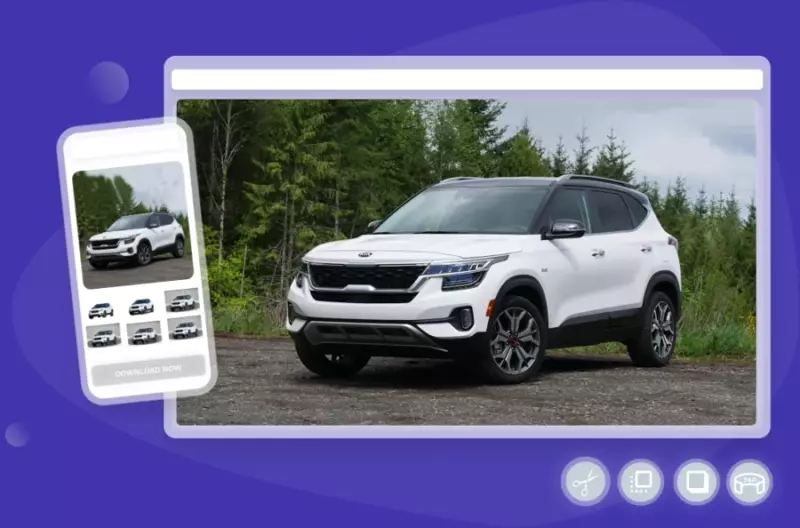
Transform amateur car images into studio-grade photos with AI in seconds. Choose from 100+ backgrounds or customize your own
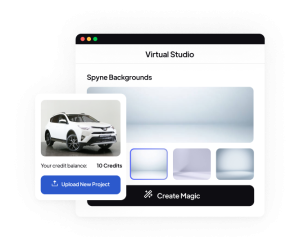
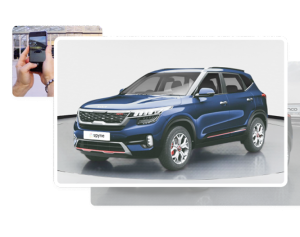
Create 360° spin car videos with AI for an immersive experience and improve customer engagement
A Blurred License Plate occurs when a car’s number plate is obscured for professional courtesy or legal necessity. Spyne’s Number Plate Blur Tool simplifies this process by automatically blurring the license plate on each of the car’s images and smoothly replacing it with the dealership’s logo. This removes the need for manually editing each number plate in each photo, when showcasing cars, and gives them a polished and uniform appearance that makes the images of the cars look professional and sophisticated.
Blurred Number Plates in Photos are needed when showcasing private or unregistered cars in a public event or online listing. With Spyne’s Number Plate Blur Tool, you can easily mask the number plates of your cars in a few clicks. The number plate blur tool obscures the number plate details of the cars and replaces them with the logo of your dealership or any other logo of your choice. The tool is user friendly and provides the desired results quickly.
Blur Plate is the process of blurring and obscuring a number plate’s details. Spyne’s Number Plate Blur Tool cleanly blurs the license plates of cars in photos. The number plate blur tool removes the details on the license plate and replaces it with a logo of your choosing instead of displaying other unnecessary information. Blurring number plates is necessary to comply with data protection regulations. The tool helps to uphold legal and privacy standards while giving the photos a more attractive and engaging look.

Solutions




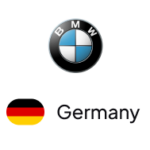
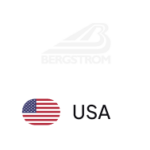
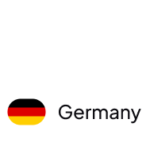
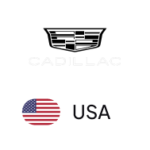
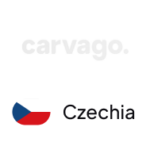
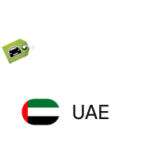
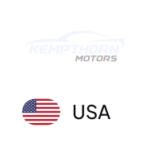
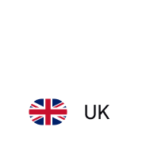
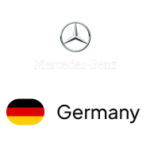
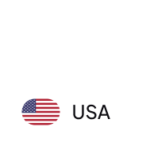
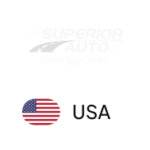
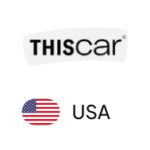
Just drop in your details to book a Demo
Platforms










Just drop in your details here and we’ll get back to you!





